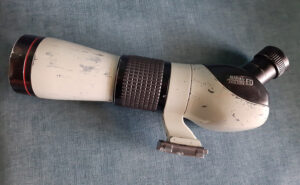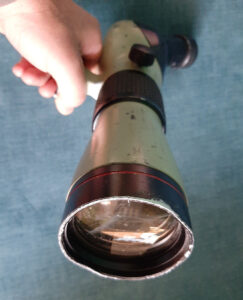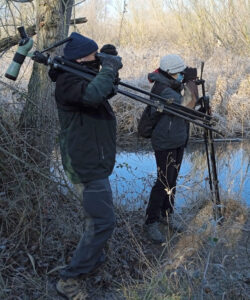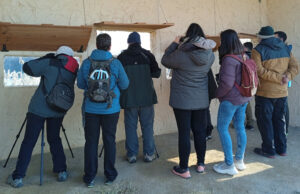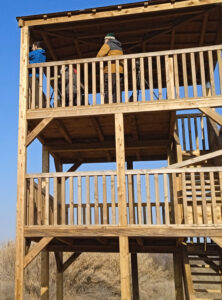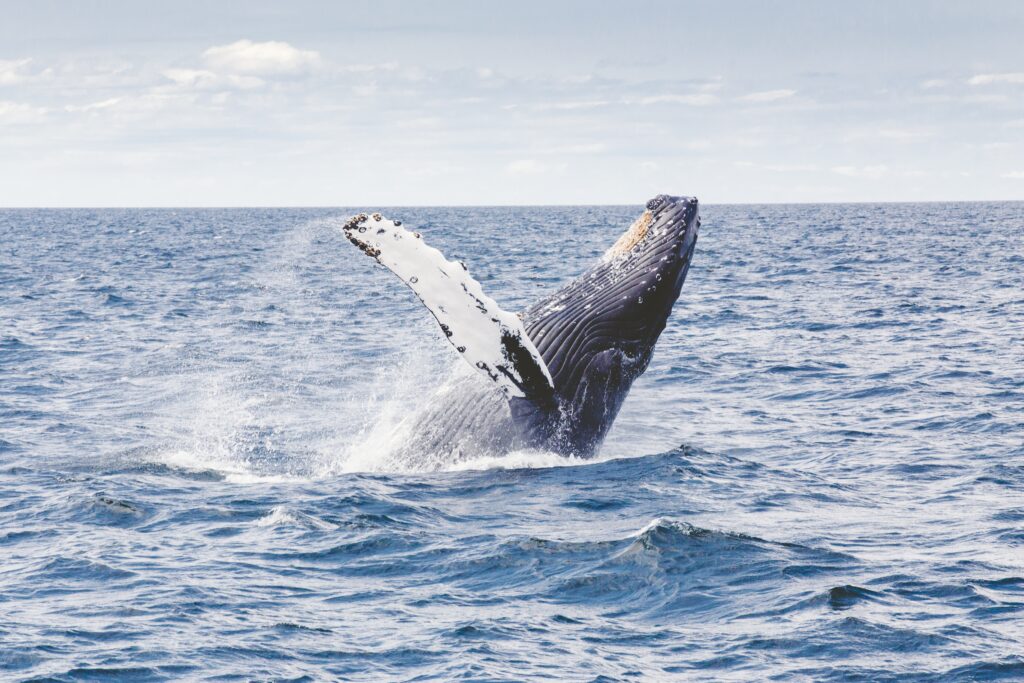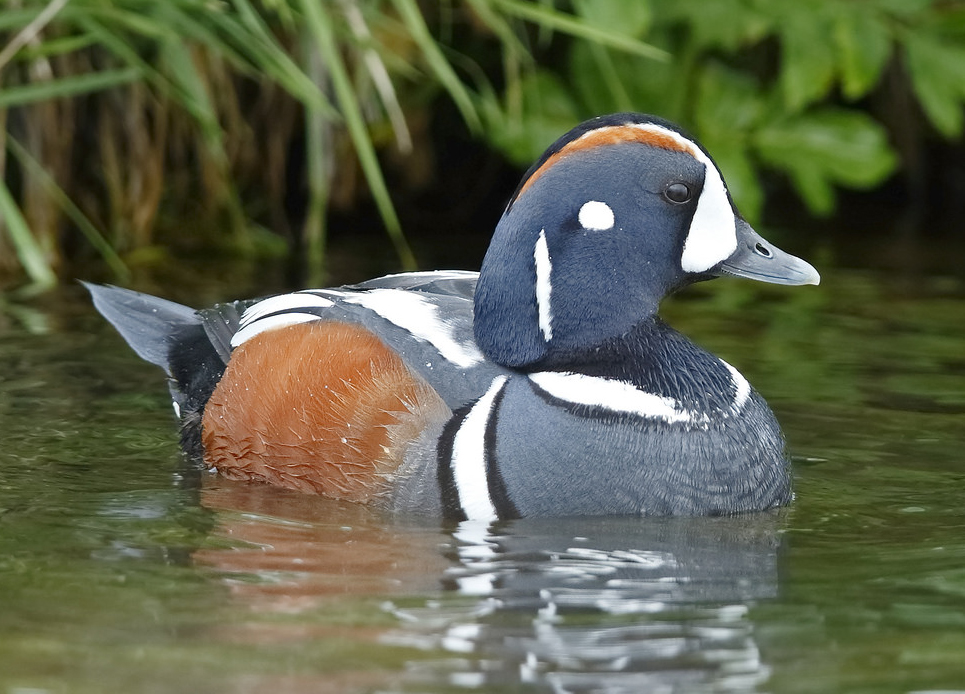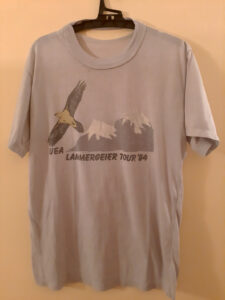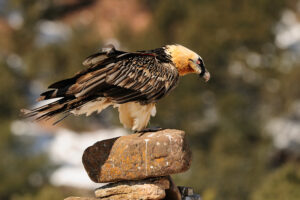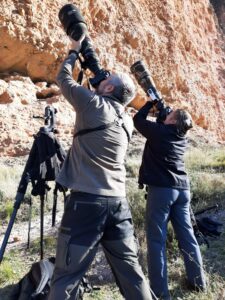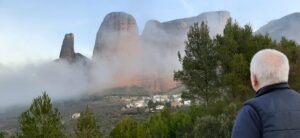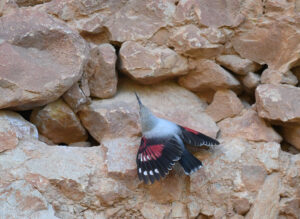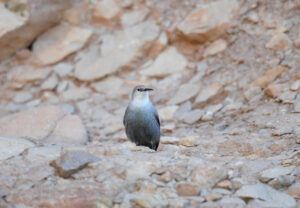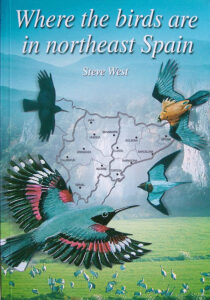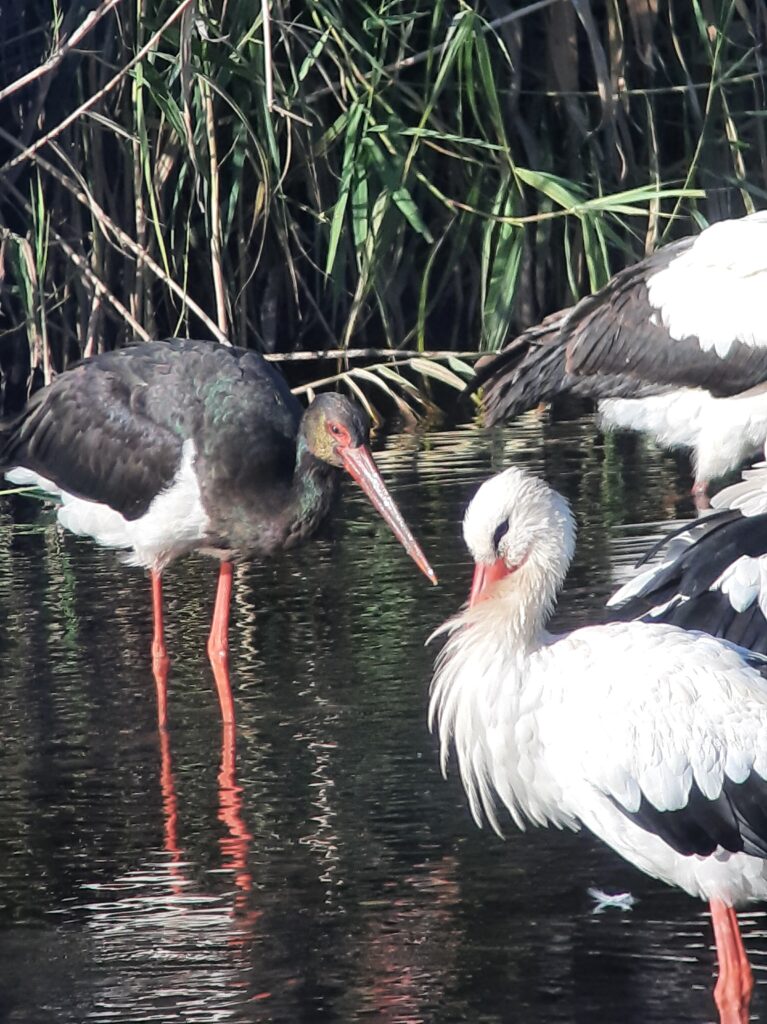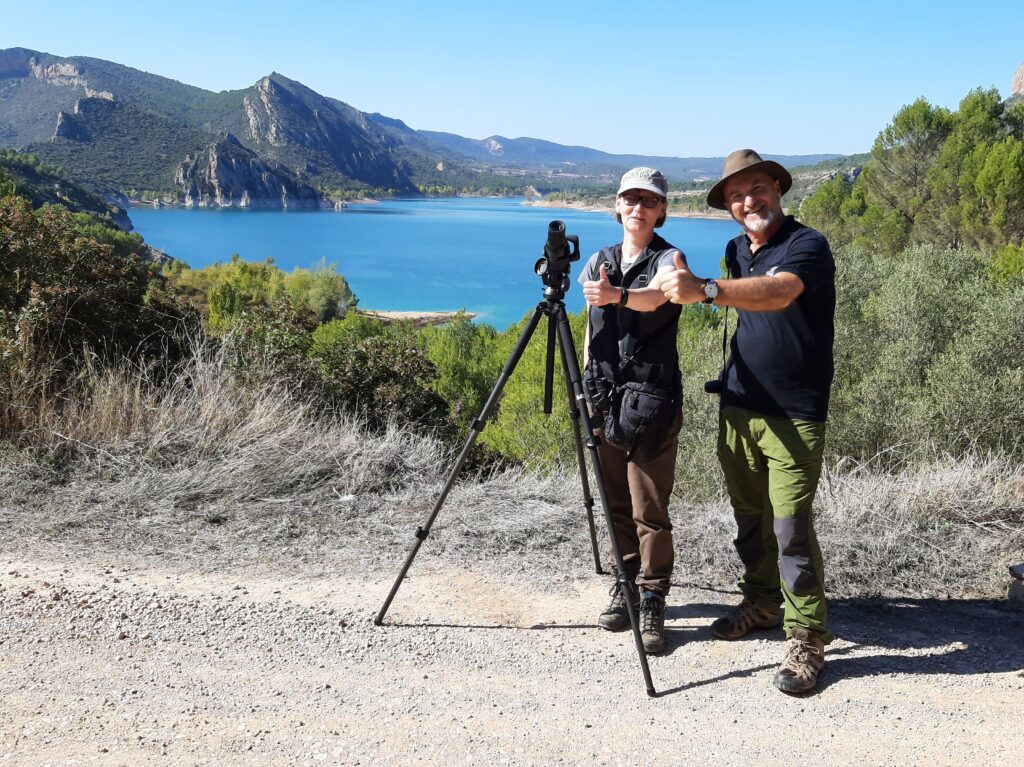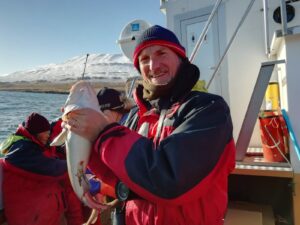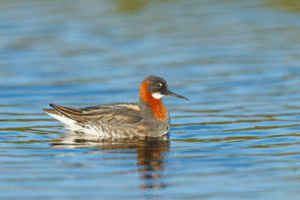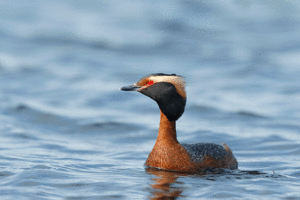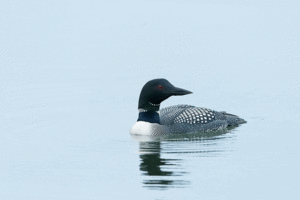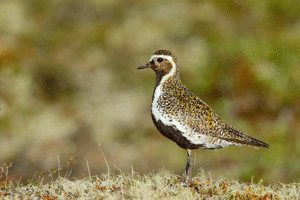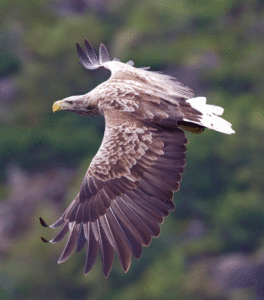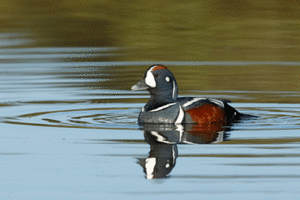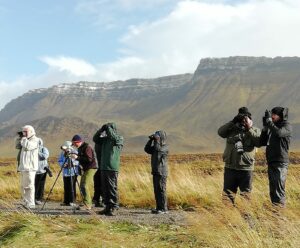Any day with two Wallcreepers can’t be a bad day, can it?
Monday 7th March – For our first day of birding it was off to the drylands of Monegros on a wild grouse chase. Well, no, we weren’t chasing, just driving, stopping, scanning and searching. But no grouse. Blame agricultural transformation or something closely related – it used to be a piece of cake finding sandgrouse in this area, both species.
Anyway, the day was a good one, so mustn’t grouse too much. It started off at some sandstone cliffs, surprising, unlikely. Lesser Kestrels had made it back after their winter sojourn somewhere south, with the early first two pairs kacking and making short surries from the ledges. Choughs, jackdaws and then a glimpse of what must have been a Wallcreeper before it flew behind a rocky bend, there must be a technical term for such things. Yes, obviously it was a Wallcreeper, as here it comes back into view being chased by another! Both jewels remain in the binocular view together for a few seconds before parting in different directions, leaving us with the difficult choice of deciding on which one to follow.
No Blue Rock Thrush or Black Wheatear as expected, the cold overcast weather seemed to be a good enough reason for that. We transferred to the plateau and started our quest for the sandgrouse. It was quiet, and drizzling, but that passed soon enough. Flocks of Linnets and Goldfinches, with some Serins thrown in. An Iberian Grey Shrike perched atop, Calandra Larks toying with song. Our first Black Kite of the year in among the steady flow of Red Kites and a Little Owl perched on a farm building, unperturbed by the cold weather, or hopeful for a ray of sun? Something large and white caught my eye as it landed in between some small trees. Couldn’t have been a White Stork, I really believed, and adolescent sheep don’t fly. So what was it? A change of angle revealed the answer: an adult Egyptian Vulture being pestered by a noisy crow, calling out for assistance in its unsolicited mission of badgering any large raptor which was big enough to want to ignore it.
There were the due signs of admiration from us both and then we moved on. I heard a single Pin-tailed Sandgrouse, but just one, and who knows where it was or where it was going. Not me. We came out to the road and was that a Golden Eagle soaring up there above the Red Kites? Indeed it was, a subadult with discreet patches of white and a swollen crop – one fewer baby rabbit; never mind, there were plenty more where that one came from. Well, there goes another, in the clutches of a Buzzard.
Raptor hour was in full swing now, as several Griffon Vultures sailed high with Red and Black Kites, Marsh Harriers, Buzzards and the memory of the Eagle. We filled our own crops standing by the car with Calandra, Lesser Short-toed and Thekla Larks for company, watched a flock of sheep, and then decided that there was more to the rest of the day than criss-crossing the countryside and hoping for a sandgrouse or two.
And there was. At least 3 more Golden Eagles. But not just any old Golden Eagles. She was standing provocatively on that lonely rocky outcrop so what was he expected to do but fly out from the heights of the sierra, and go and do his willing duty? Mating, in other words. It was over in a moment, and then he flew back. I guess it was an itch that just had to be scratched.
Meanwhile, a juvenile Golden Eagle vied for our attention using rare proximity as its lure. On raised wings and even more raised tips it sailed along the line of the sierra, tilting one way, tilting the other, this is what binoculars were made for.
A visit to the polluted lake – industrial farming again – where once Black-necked Grebes bred and kept the wetlands nearer Lleida supplied with regular sightings of non-breeding birds. Alas, memories, mine and not everyone else’s, so sad, melancholy and politically correct anger, if such a thing exists. Still, Red Crested Pochards, Teal and the ubiquitous Mallard, made for the modern day it seems.
A fifth Golden Eagle on the drive back east, which may be a personal record for a single day. A quick detour to ward off the spectre of a last minute grouse – but those things are less important than they used to be. My fortune wasn’t riding on it, fortunately.
A final stop en-route and our first Hoopoe of the year, crest raised, singing, feeding, doing all the right things. Then to a brackish lagoon and a wader appetizer: Ruff, Golden Plover, Little Ringed Plover, Black-winged Stilt, Little Stint, Green Sandpiper. Some ducks. Home.
Any day with two Wallcreepers can’t be a bad day, can it?
